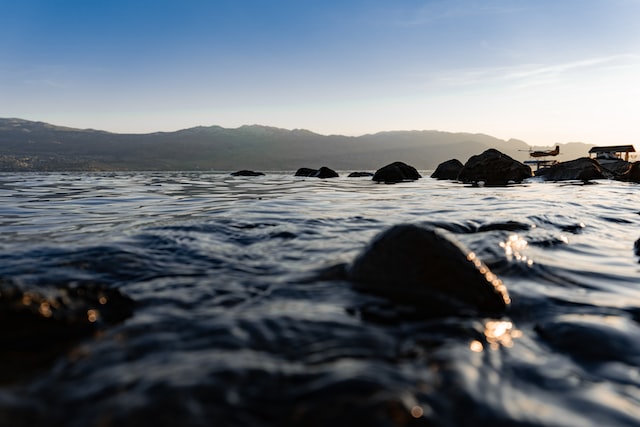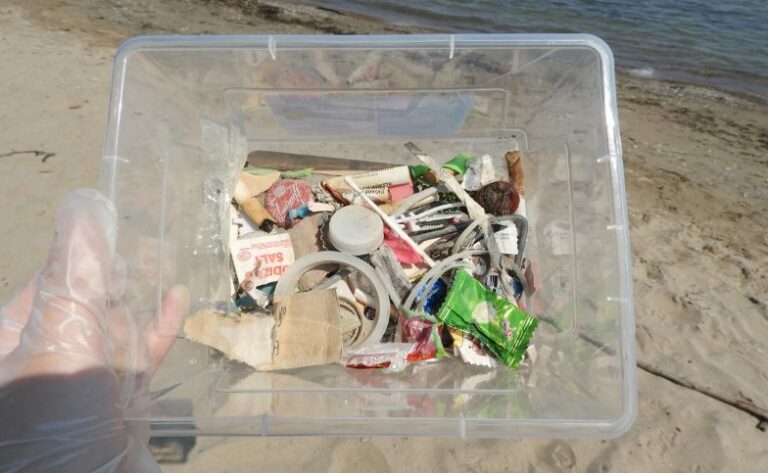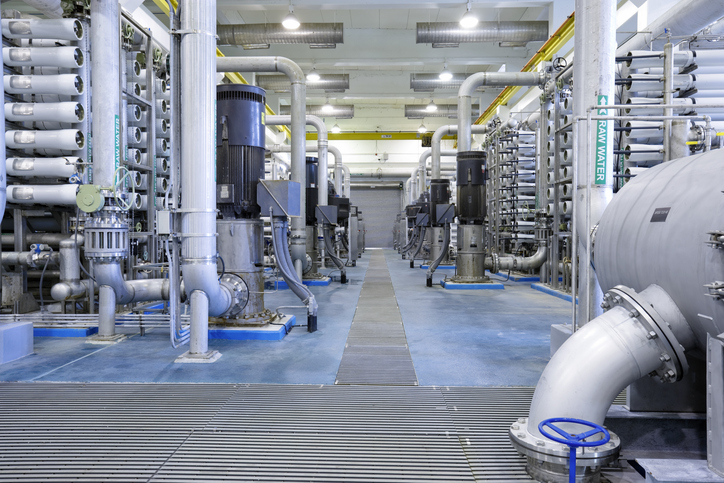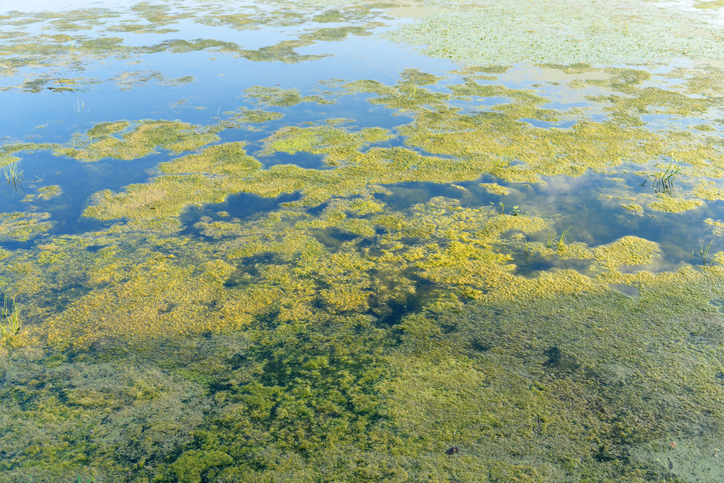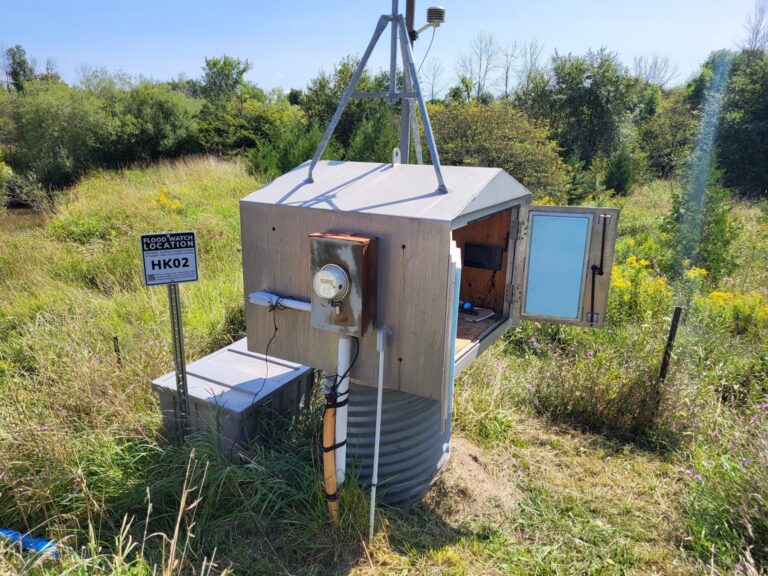There is a perception that Canada has an abundant freshwater supply. In some regions of the country, where drought conditions do not exist, this is certainly the case. There are, at times, large volumes of freshwater available.
But this is by no means the case for the entire country. In some parts of Canada, we are, in fact, in a water deficit. Like so many other regions of the world, we struggle at times to provide the freshwater resources needed for human and animal consumption, to keep food growing, and for cleaning and bathing activities.
Many water sources such as rivers, lakes, and groundwater wells within urban areas are already stressed due to increasing demands from agriculture, industry, and population growth. In addition, many climate change models predict lower seasonal flows within rivers and lower recharge of lakes and groundwater due to reduction in snowcap accumulation and faster melting rates, any further demand on freshwater will increase existing stress levels and may likely degrade the usability of existing water sources beyond acceptable levels.
Re-use of treated wastewater will significantly reduce the demand for freshwater and also eliminate or reduce the discharges, thereby reducing the contaminant loadings to the freshwater sources.
Canada’s history with water re-use
To date, water re-use has been at a minimum in Canada. There have been projects completed for agricultural and industrial applications, such as applications of low-level treated wastewater in situations where public exposure is minimized like dust control or forestry, the concept of water-reuse at the municipal level has yet to be embraced.
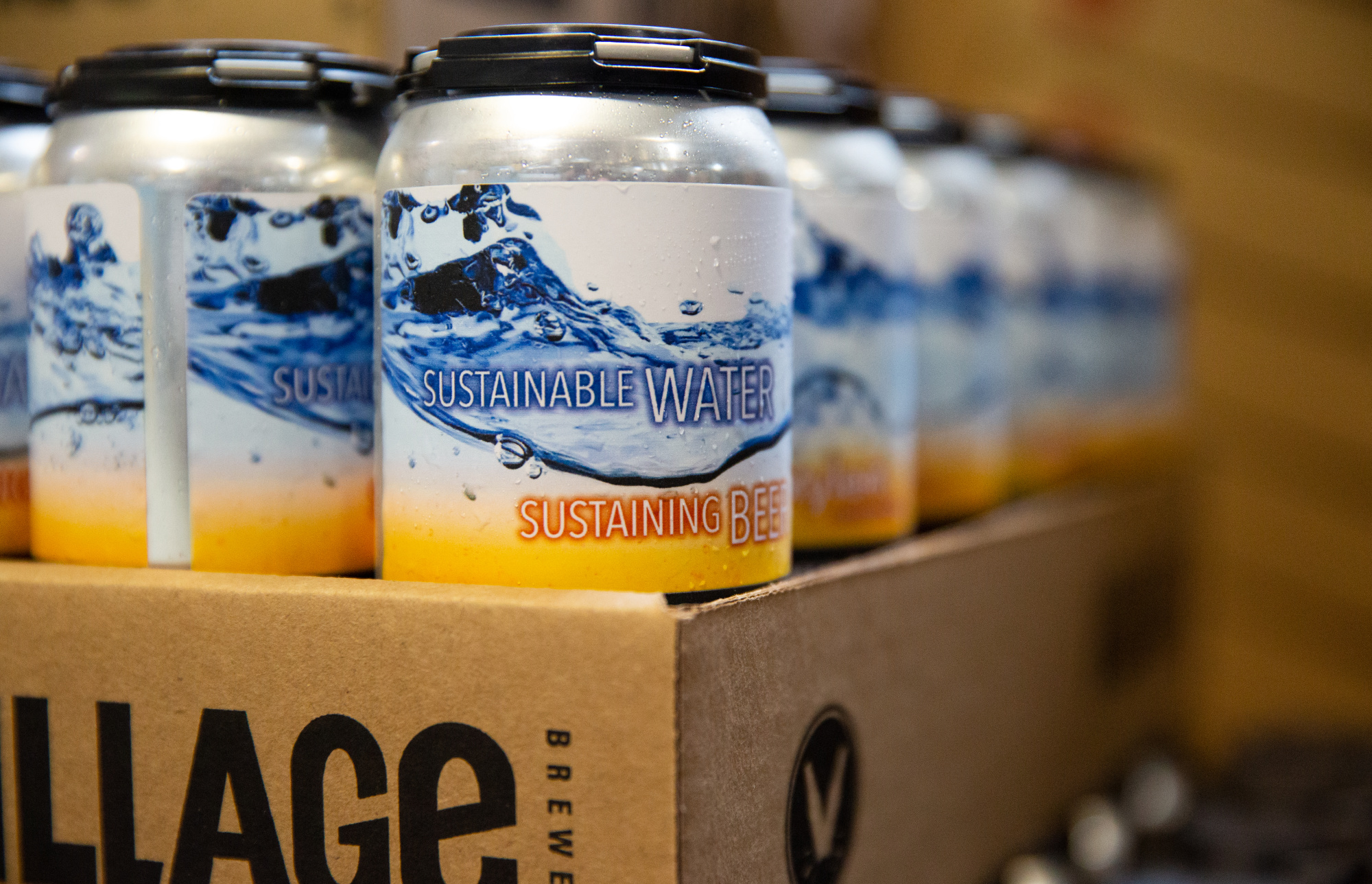
Still in its infancy in additional applications, we have seen some interesting pilot projects using water re-use that are helping to break the stigma around its adoption. In August 2020, the University of Calgary’s Advancing Canadian Water Assets (ACWA) partnered with Village Brewery and Xylem Inc. to produce Alberta’s first beer made with reused water. The limited-edition Village Blonde Ale was brewed from cleaned wastewater resources using water provided by ACWA under guidance from the Alberta Health Services’ Safe Healthy Environments.
Examples like these are few, as there are many barriers to furthering the adoption of water re-use, including agency overlaps and unclear regulations. This makes it difficult to determine how to proceed with water re-use efforts at the pilot scale and commercial scale as it becomes a question of who exactly needs to give final approval for such a project and what regulation does it currently fall under? This is compounded by the perception issue around just how clean the water really is and whether it meets a threshold for human consumption.
Yet this shouldn’t be an issue in some Canadian jurisdictions, especially those with elevated standards for wastewater treatment. For example, in Ontario, we treat wastewater to a very high standard. So high that it could be re-used and not discharged directly to the environment. But instead, we are essentially creating a resource (clean water) that isn’t being used to its full potential.
Introduction of new technologies
With jurisdictions across the country looking to invoke stricter water standards and the need for some industries to restrain their water use, new technologies have helped to create higher-quality wastewater.
The wastewater industry has been innovative in adopting technologies, such as the use of membranes, reverse osmosis systems, and advanced oxidation, which are providing that higher-quality product from the raw wastewater stream. These technologies are stepping up to meet the demanding regimens put in place by governing bodies as they look to reduce the flow of contaminants, and identify and destroy new pathogens.
The pandemic has also brought forth the implementation of technologies previously only introduced in the medical field. For example, the use of medical fluorescence scanning technology, like rapid assessment pathogen identification (RAPID) high sensitivity fluorescence scanners, helps to identify very low concentrations of pathogens downstream in filtration systems, and provides more rapid results for pathogen detection in stored purified recycled water systems.
As these technologies are demonstrated, and create proven, cost-effective results for highly purified water re-use, the hope is that it will become a more viable solution here in the Canadian market.
A demonstrated need
And the Canadian adoption can’t come soon enough. As mentioned earlier, there are already parts of this country that struggle with having access to consistent freshwater resources. From drought-prone southern Alberta to larger metropolitan areas and large-scale industrial developments that require additional water sources for expansion, the need for treated wastewater re-use can’t come soon enough.
And that’s without factoring in the biggest threat to freshwater distribution: climate change. As Canada’s climate continues to worsen, more regions of the country are likely to undergo prolonged stretches with limited access to freshwater. And as climate change modelling continues to predict which regions could be hit by shortages, a proactive water re-use solution could reduce the burden on impacted communities, creating a safe source for water when the situation demands it.
Water re-use is imperative for the future of Canada. While we do have vast freshwater resources available in some parts of the country, this is not the case for everyone. There are places that suffer from a lack of resources now, and that number will only grow in the years ahead.
We need to begin embracing water re-use technologies in Canada. Their demonstration in limited quantities here, and to a greater extent in other jurisdictions, prove that this is a viable option for us, so long as we introduce a functional structure of standards and governance. We look forward to the opportunity to help our governing bodies, along with our industry colleagues, to create the case for widespread adoption of water re-use in this country.
Michelle Albert is the Vice President, Water and Wastewater, East, at WSP in Canada.
Lalith Liyanage is a Director of Water and Wastewater, Alberta, for WSP in Canada.

